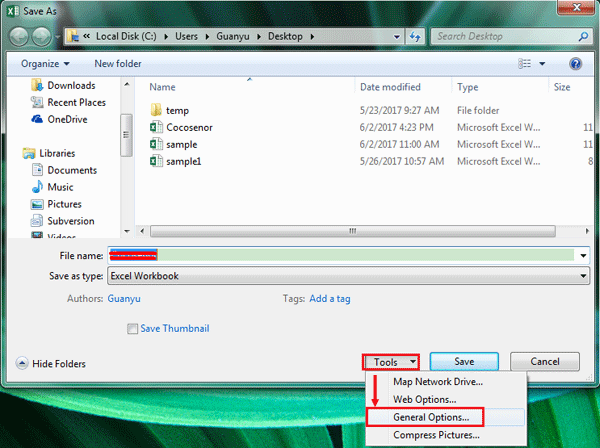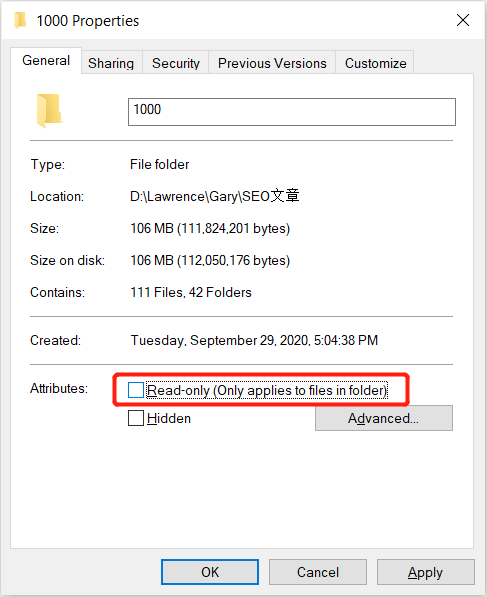

- Macloggerdx read only for mac#
- Macloggerdx read only serial#
- Macloggerdx read only software#
- Macloggerdx read only Pc#
Without it, the open command will not start a second instance of the same application! Options after –args are passed to WSJT-x. Just enter call and locator, configure none as rig and select the RX audio device to set it up. This instance uses its own setting and configuration files (incl. The second line starts a second instance of WSJT-x by setting rig-name to “Monitor”. The first line starts the default WSJT-x instance, just like starting WSJT-x without Applescript. do shell script "open -a /Applications/wsjtx.app"ĭo shell script "open -a /Applications/wsjtx.app -n -args -rig-name=Monitor" With the script editor you can test this and save it as an application. Configuring this on Mac is a little different compared to Windows. When logging a satellite contact from WSJT-x, the uplink band, uplink frequency and satellite name must be changed by hand in MacLoggerDX, all other info is taken from WSJT-x.įor monitoring your downlink during transmit a separate instance of WSJT-x is required. With this setup, WSJT-x will display the downlink frequency.
Macloggerdx read only serial#
Using the USB serial port for MacDoppler gives the best results. Since the IC-9700 has a USB and CI-V jack (remote) serial port, one can be used for the MacLoggerDX/WSJT-x combo and the other for MacDoppler.This does not bother MacLoggerDX, it shows a warning window and rotor control is disabled. When MacDoppler is started first, it connects to your rotor controller, thus blocking access for MacLoggerDX.

There is a separate page on the Dog Park website that describes this setup in detail. Only one serial port is required when using WSJT-x together with MacLoggerDX.

For SSB contacts, MacDoppler can log directly into MacLoggerDX, transferring satellite info like sat name, up and downlink freq.The following features are the basis of my setup for FT4 on sats.
Macloggerdx read only software#
Since Dog Park Software also sells a logbook program called MacLoggerDX (same price) I tried that one first.
Macloggerdx read only for mac#
Unfortunately, the selection of full featured logbook programs for Mac is limited. But how about integration with WSJT-x and logbook? Switching from SSB to FT4 is a single select from a drop down list. After adding the FT4 frequencies for the FT4 ‘capable’ sats the fun can start. Also rotor control supports my ERC rotor controller. The latest version supports doppler updates up to 10 per second, satisfying FT4 requirements. Kepler updates are automatic and transponder frequencies, including beacons, are pre-programmed. Getting up and running with MacDoppler is easy. So I started to look into MacDoppler, which you can download for testing for free. Also being a hardware solution from a US company, order-test-(possible) return-refund is not as simple compared to, let’s say Amazon. Which makes it not really plug and play for me. Since I use my Sat antennas for terrestrial communications as well, I would have to integrate the S.A.T. Cost about 250 Euro (Shipping, Tax, Customs).
Macloggerdx read only Pc#
controller, a standalone hardware solution that controls IC-9700 and G-5500 rotor directly, no PC needed. Since programs such as WSJT-x, fldigi and gridtracker run perfect on Mac, I went looking for a SatPC32 alternative. However, when configured and up and running, it’s a very powerful and accurate program. This is a windows only program, and not really intuitive to configure and use. The de-facto standard for doppler control is SatPC32. However, FT4 requires accurate doppler control and a stable transceiver, especially given the fact that many sats have a 70cm uplink. Or, with Yagis and elevation, you can reduce power to below 1 W. With FT4, there is less need for yagi antennas and elevation control, given the (at least) 10 dB gain over SSB communication. FT4 via LEO satellites is becoming more and more popular.


 0 kommentar(er)
0 kommentar(er)
